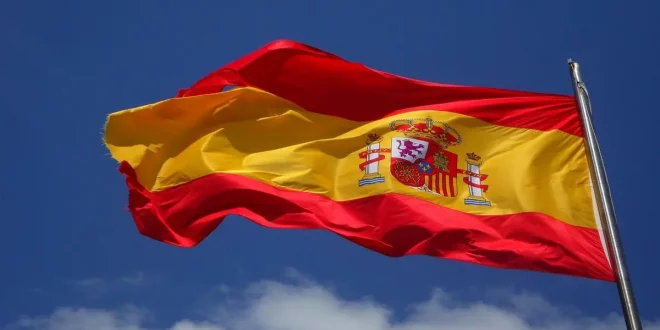IMAXSHIFT.COM – Tips on how to say what in spanish.
5 Ways To Say What In Spanish
1. Qué as ‘What’ (as a pronoun)
Typically, in queries and expressions of surprise, ‘qué’ serves as an accurate translation for the English word “what.” It’s crucial to note the accent over the e in ‘qué’. ‘Qué’ and ‘que’ have significantly different applications and should be regarded as distinct terms, thereby necessitating the use of the correct accent when needed.
Here are some instances demonstrating the usage of ‘qué’ as a translation for “what:”
- ¿Qué quiere comer tu madre? (What does your mother want to eat?)
- ¿Qué necesitas para preparar el pastel? (What do you need to prepare the cake?)
- ¿Qué es la verdad? (What is the truth?)
- ¿Qué has comido para el almuerzo hoy? (What have you eaten for lunch today?)
- ¿Qué pasa? (What’s happening?)
‘Qué’ also finds its use in embedded questions where a query is incorporated within a declaration. It’s often seen following variants of ‘saber’ (meaning to know).
For examples:
- Necesito saber qué vas a comprar. (I need to know what you’re going to buy.)
- Dime qué pediste en el centro comercial. (Tell me what you ordered at the mall.)
- No preguntes qué estoy pensando. (Don’t ask what I’m thinking.)
2. Qué or Cuál As an Adjective Meaning ‘What’ or ‘Which’
When used as an adjective before a noun to convey “what” or “which,” qué is generally the preferred option, although cuál is used in certain regions or by certain speakers. However, qué is generally considered more standard and widely accepted, while cuál may be perceived as nonstandard in some areas. For instance:
- ¿Qué pelota prefieres? (What/which ball do you prefer?)
- ¿Qué camisetas vas a llevar? (What/which shirts are you going to take?)
3. Cómo Meaning ‘What’
The term “cómo” is rarely used to mean “what,” except as an interjection to express disbelief. In certain regions, “¿cómo?” is employed to request someone to repeat something, though in other areas, it can be regarded as slightly impolite. Let’s explore the variations in translation.
For examples:
- ¡Cómo! No puedo creer eso. (What? I can’t believe that.)
- ¡Cómo! ¿Cómo pudo pasar eso? (What! How could that happen?)
4. Cuál as What
Cuál serves as an alternative term in Spanish for substituting “what”. While “which” is its primary translation, “cuál” is also used in specific contexts to convey the meaning of “what”. Let’s explore several instances where “cuál” is employed.
- Cuál es tu punto? (What’s your point?)
- Cuál es la mejor tienda en Jakarta? (What’s the best shop in Jakarta?)
- Cuál es tu problema? (What’s your problem?)
There is no strict rule governing the determination of when to use cuál vs qué. With exposure and ongoing learning of Spanish, you will develop a sense of which one sounds more natural in a given context. As a general guideline, it is safer to choose qué, as it is the most commonly used word for “what” in Spanish.
5. Lo que
If we translate “lo que” literally, its meaning would be “that which.” However, this can result in a somewhat awkward English translation:
- Lo que más me gusta es comer Indomie. (That which I like the most is eating indomie.)
- No sé lo que tendremos para cenar. (I don’t know that which we will have for dinner.)
- Compra lo que quieras. (Buy that which you want.)
However, substituting “that which” with “what” in these sentences significantly enhances their naturalness. Take a look:
- Lo que más me gusta es comer Indomie. (What I like the most is eating indomie.)
 Imaxshift.com : Insurance, Finance, Technology & Gadget Blog
Imaxshift.com : Insurance, Finance, Technology & Gadget Blog
